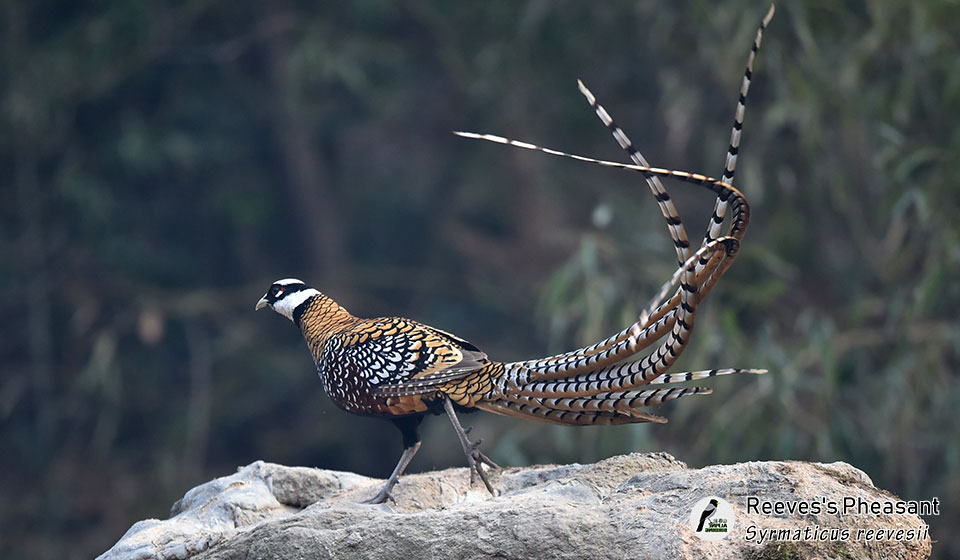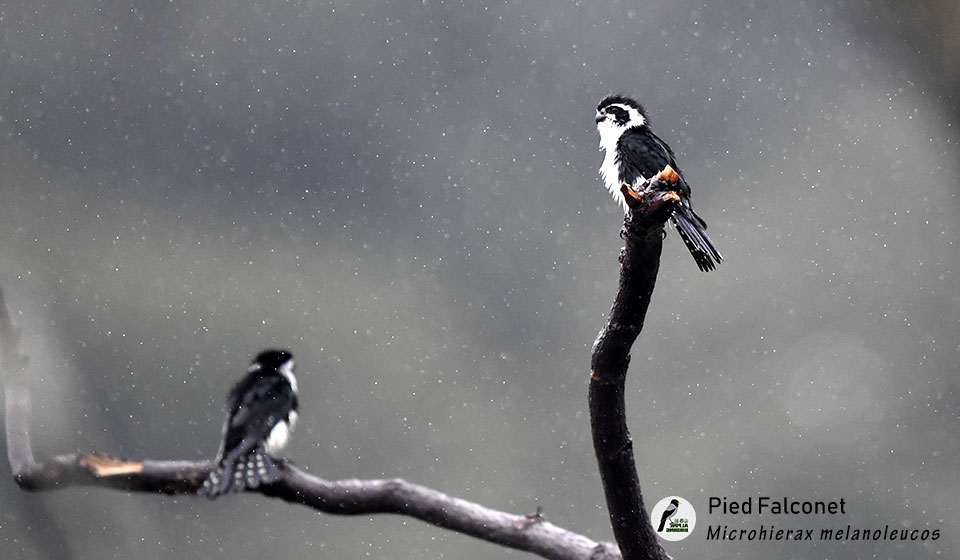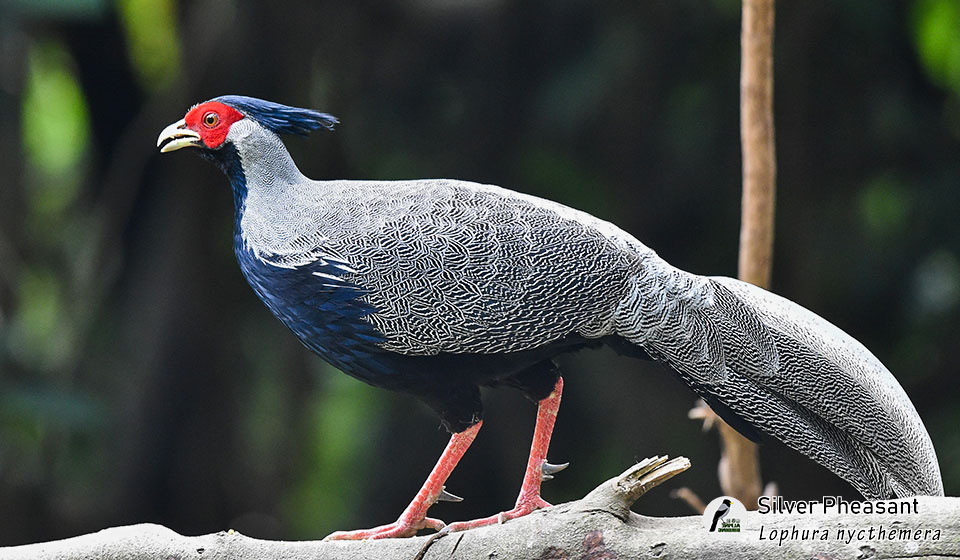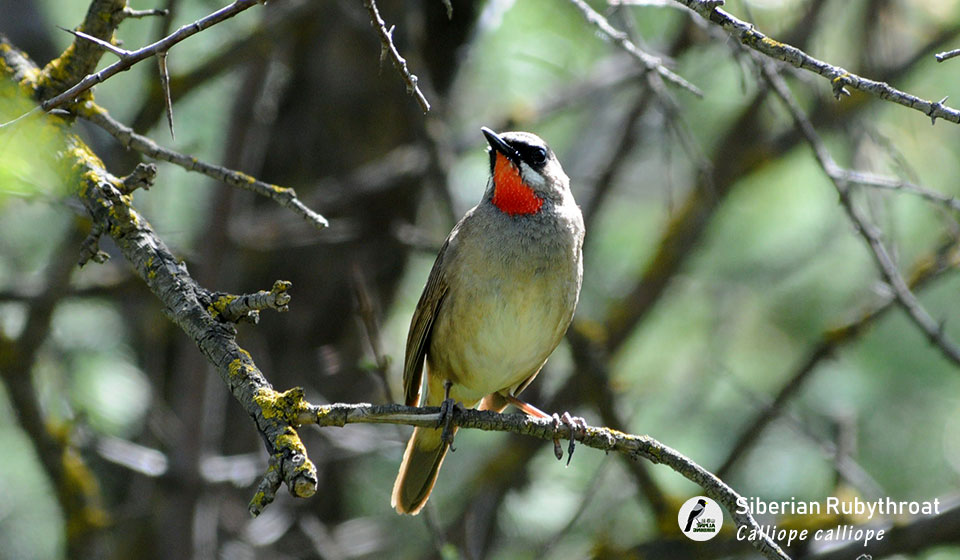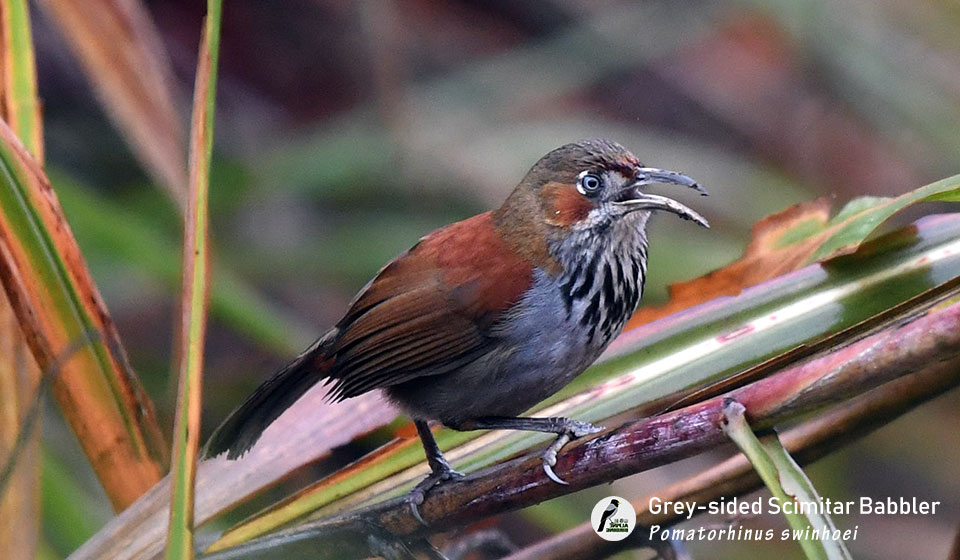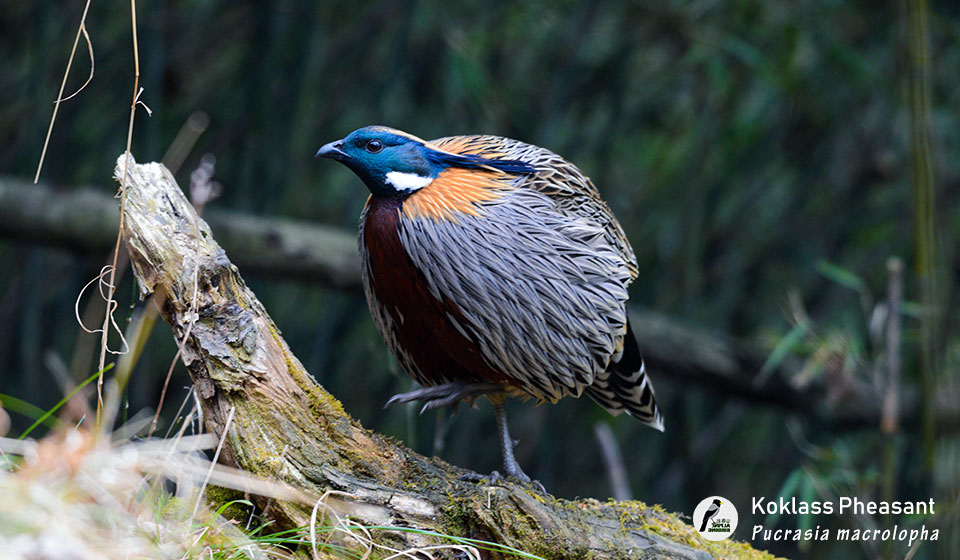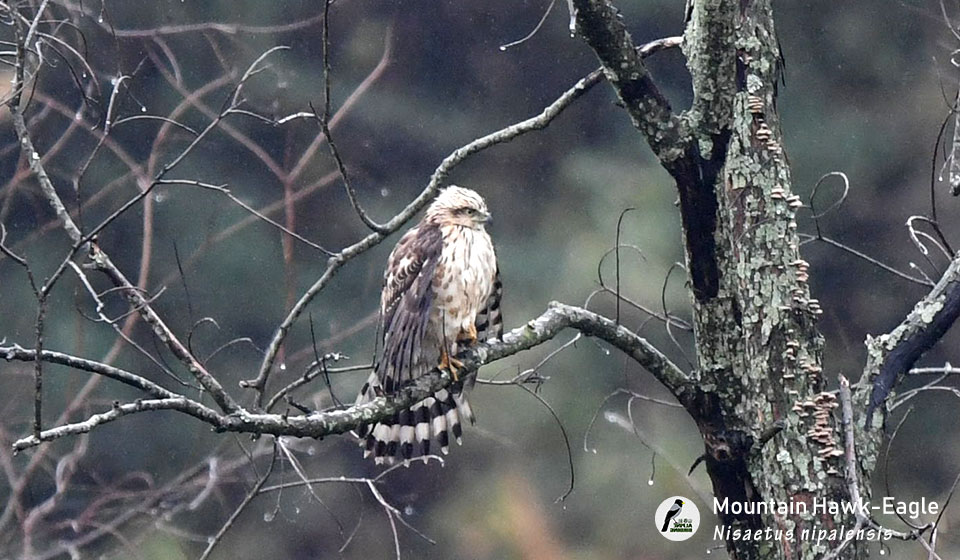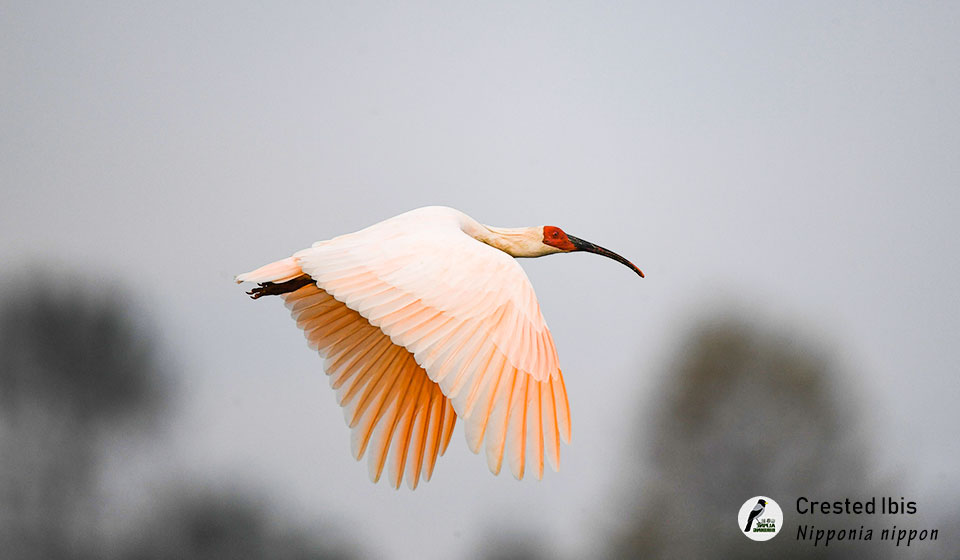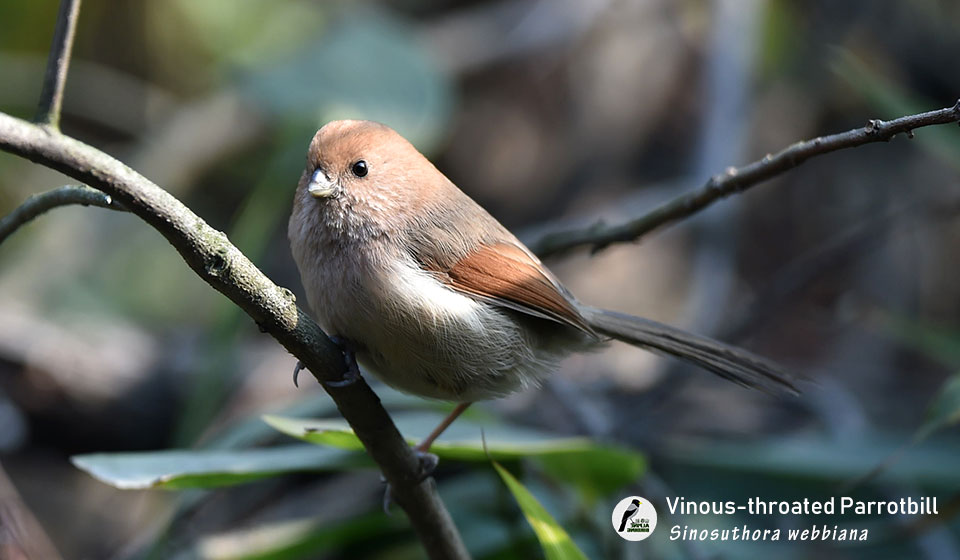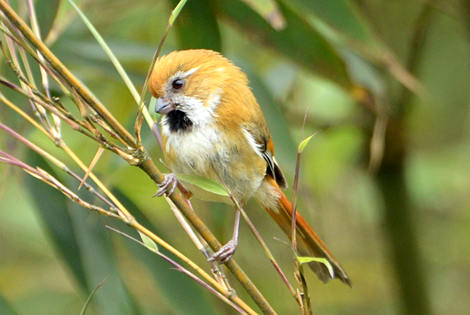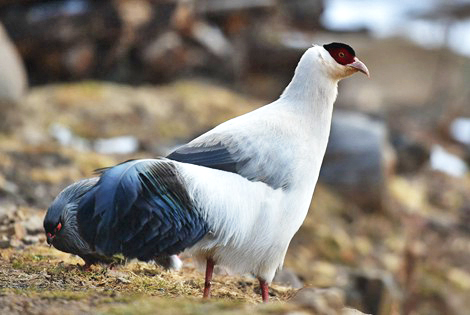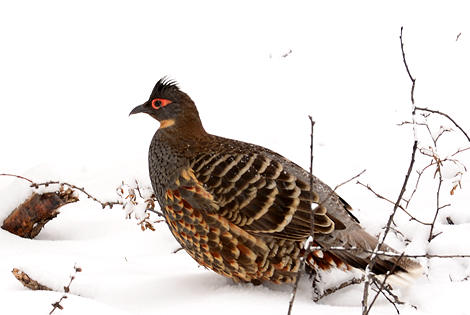Tour Info Sheet
| Highlight Birds | Reeves's Pheasant, White-necklaced Partridge, Cabot's Tragopan, Elliott's Pheasant, Silver Pheasant, Koklass Pheasant, Chinese Bamboo Partridge, Blue-crowned Laughingthrush, Chinese Crested Tern, Spoon-billed Sandpiper, Nordmann's Greenshank, Red Knot, Curlew Sandpiper, Red-necked Stint, Terek Sandpiper, Marsh Sandpiper, Great Crested Tern, Whiskered Tern, White-winged Black Tern, Saunders's Gull, Black-tailed Gull, Black-faced Spoonbill, Fairy Pitta, Black Baza, Chinese Sparrowhawk, Spotted Elachura, Reed Parrotbill, Marsh Grassbird, Pied Falconet, Peregrine Falcon, Chinese Penduline Tit, Blue-and-white Flycatcher, Mugimaki Flycatcher, Rufous-tailed Robin, Grey-headed Parrotbill, Vinous-throated Parrotbill, Short-tailed Parrotbill, Grey-sided Scimitar Babbler, Greater Necklaced Laughingthrush, Lesser Necklaced Laughingthrush, etc. |
|---|---|
| Numbers of Species to Expect | 180-220 |
| Ease of Birding | mostly easy birding with a few tricky species |
| Other Attractions | Hui style architecture, Fujian cuisine |
| Photography Opportunities | birding focused but with very good photography chances |
| Habitats Covered | subtropical forests, woodlands, wetlands, coasts |
| Expected Climate | comfortable, cool in the morning, windy on the coast, rain is possible |
| Physical Requirements | mostly easy, moderate but optional in certain parts |
| Accommodation | very comfortable |
| Transportation | 19-seat van |
What makes this trip irreplaceable?
Dates & Prices
| Dates | Booking Status | Price | Single Supplement | Group Size | Guides |
|---|---|---|---|---|---|
| Apr 21- May 6, 2026 | Space Available | 4,999USD/pax | 460USD/pax | 6-8 | Local Guide |
Itinerary
Tour Map
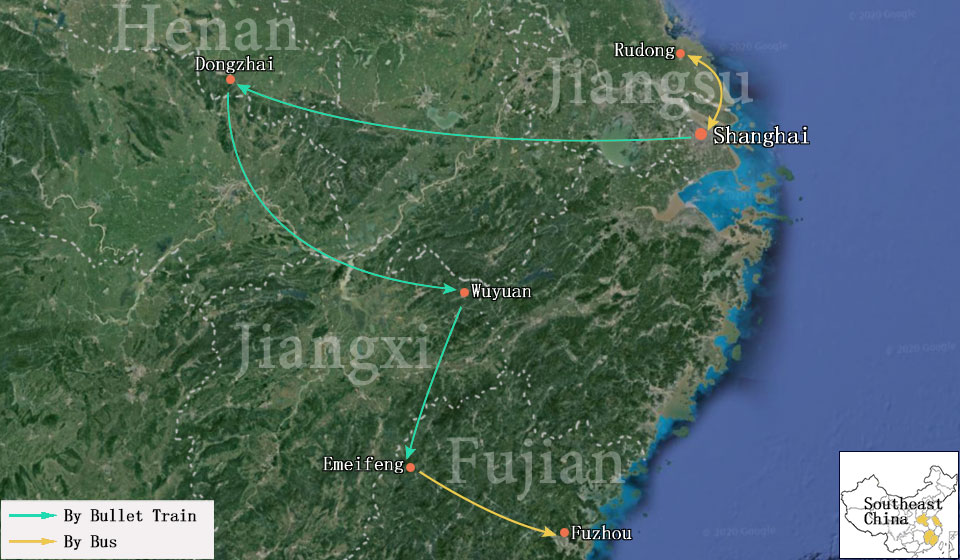
Guide(s)
Local Guide
Linked Tours
Currently, there is no extension available for this tour. If you want to spend more time before or after the main tour to look for certain species or enjoy other attractions, you are warmly welcome to share your ideas with us to tailor make a tour of your own style. Please send us an email to info@alpinebirding.com with your preferences, we will get back to you with a time manner.
Reports
We don't have a report available for this tour at this stage, please feel free to email us, we are more than happy to answer any of your questions and share the latest bird information with you.
Testimonials
Meet the "King of the Arctic!" Our flagship polar bear tour is an expertly guided small-group adventure to see the world's largest concentration of polar bears in their tundra habitat along Hudson Bay.
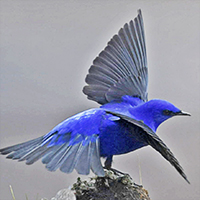
-
Great Birding and Bird Photography on the Sichuan part of the Tibetan Plateau with AlpineBirding
Shay and Philip took a friend and me on a 10-day birding trip on the Sichuan part of the Tibetan plateau, including places legendary among bird watchers, such as Balangshan, Mengibshan, and Ruoergai.
While I was initially a bit skeptical about the nature of the tour (I generally do not like guided tours), it proved absolutely worth it to have both Philip (to drive and to deal with the occasional oversuspicious police) and particularly Shay (for finding and identifying birds) around. While Shay has probably seen every bird on the trip multiple times, he is not content with just finding it and showing it to you but tries to make sure that you can also get a good photo of it, should you want to do so. This goes to the point where - if a bird was difficult to photograph - it sometimes was me giving up rather than Shay.
In conclusion, I think I would not have seen half of the birds on this trip had I taken it on my own. Highly recommended.
Kai P / Sichuan part of the Tibetan Plateau July 14, 2021
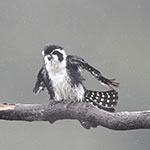
-
Excellent organisers for one-day targeted birding!
My friend and I do almost all of our birding independently on a budget, but sometimes it is necessary to hire a local guide for the trickier species with access issues, etc.
We recently contacted AlpineBirding hoping to hire a local guide in Wuyuan to drive us around for a day and find Blue-crowned Laughingthrush (amongst other local specialities), and were very happy with the professional service provided. We requested a non-English speaking guide to keep costs down, and AlpineBirding organised this for us, recommended a hotel, and we were picked up right on time and enjoyed an excellent day out finding all the birds we were looking for!
We also utilised an AlpineBirding guide to find Chinese Crested Tern in Fuzhou, which was of paramount importance due to the complex permit issues in China! I would use them again happily.
Joshua Bergmark / East China (Wuyuan) May 08, 2018
-
We had a nice birding and wildlife tour with Philip He from Alpine Birding.
The top attraction for my husband, an avid photographer, were the Golden Snub-nosed Monkeys at the Dapingyu scenic area. The top attraction for me were the Crested Ibis outside the town of Yangxian.
It was a bit incongruous to see these endangered birds feeding in a stream less than 100 yards from highway construction, however! We also saw a large number of wild Mandarin Ducks in a mountain stream on our way back to Xi'an -- gorgeous! I was a bit disappointed that we could not actually hike up to the higher elevations in the Foping Nature Reserve (closed to tourists, as mentioned by other reviewers on this site).
Philip He did a great job finding (safe) places for us to eat, including a visit to a Sichuan-style hot pot restaurant where we were the only Westerners. Everything was well-organized by Philip and his partner Lucy Guo at Alpine Birding, with pick up at our hotel in Xi'an and drop-off at the airport in time for our return flight to the US.Susan and Philip / Middle China (Shaanxi) December 26, 2016
